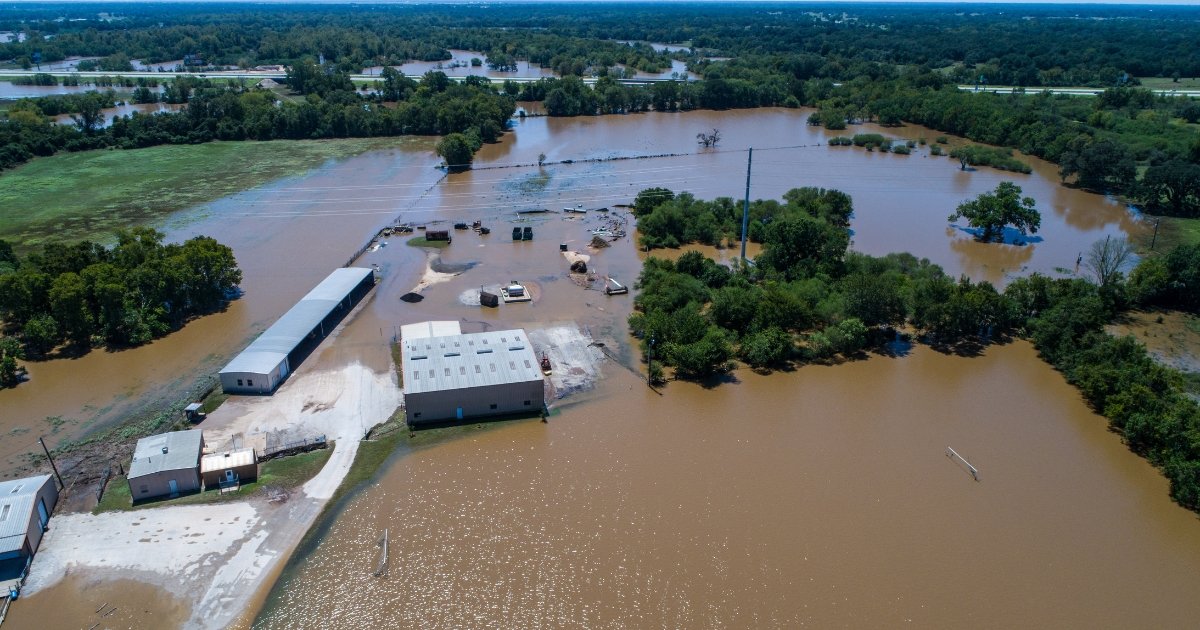Swiftly addressing damage is crucial to prevent further property loss and moisture-related issues like damaged ceilings, walls, and interior objects in homes or businesses. Immediate action is essential to minimize the risk of mold growth and structural problems. Rapid response enables professionals to assess the situation, mitigate additional damage, and initiate the roof restoration process promptly.
Aging
Consequently, when gutters show signs of clogging with shingle granules, it’s a clear indication of the loss of protective surface particles from the roof material. Furthermore, these granules in asphalt roof shingles not only add weight but also deflect the sun’s harmful ultraviolet rays. Therefore, identifying and addressing this issue promptly is essential to maintaining the roof’s integrity and preventing further deterioration.
Excessive Sunlight
Exposure to the elements can take a toll over time. Constant exposure to the sun’s ultraviolet rays can lead to various forms of roof damage, such as thermal splitting, cracking, blistering, curling, and cupping of shingles. It’s essential to address these issues promptly to maintain the integrity of your roof.
Rust
Metal naturally undergoes rusting over time. While it may take years for rust to significantly affect the integrity of a metal roof, corrosion is a constant consideration during inspections. Over time, severe rust can lead to pinholes in metal panels, facilitating water leakage. Regular metal roof inspections are crucial to identifying and addressing corrosion issues promptly.
Damaged Flashing
Flashing may occasionally separate, providing an entry point for water beneath metal roofing. Moisture penetrating the roof decking has the potential to induce buckling or even rot. Furthermore, water beneath metal roofing can lead to corrosion on the underside of roof panels. Regular inspections are essential to detect and address such issues promptly, preserving the structural integrity of the roof.
Improper Installation
Roof damage resulting from improper installation is often linked to issues with flashing, particularly the drip edge. Contractors install drip edge flashing along the roof edge to prevent problems. The absence of this flashing can result in various issues, including insect infestation, the intrusion of wind-driven moisture beneath the roof edges, and rot in the soffit and fascia.
Poor installation practices can manifest in different ways. Examples include improper shingle overhangs at eaves, haphazard nail placement, the use of rust-prone nails, and incorrect starter strip application. These installation errors can contribute to water infiltration and shingle loss, especially in windy conditions. Regular inspections are crucial to identifying and rectifying such installation-related issues promptly.
Safeguard your roof with proactive measures against common damages. Swiftly addressing aging, excessive sunlight, rust, damaged flashing, and improper installation is key to preventing property loss and structural issues. Regular inspections are crucial for maintaining roof integrity. Empower yourself with our comprehensive guide for resilient roofing, ensuring lasting protection for your home or business.





